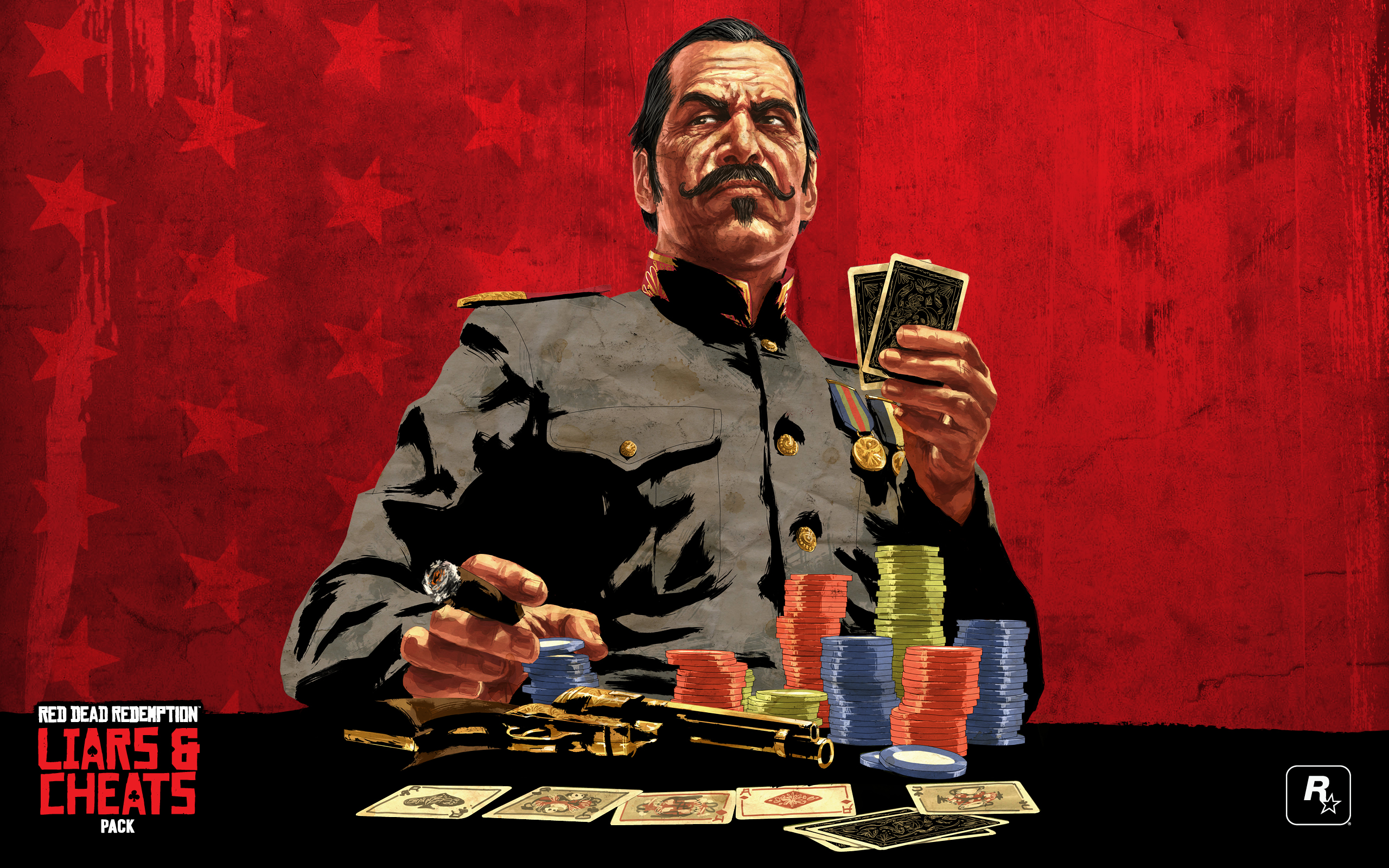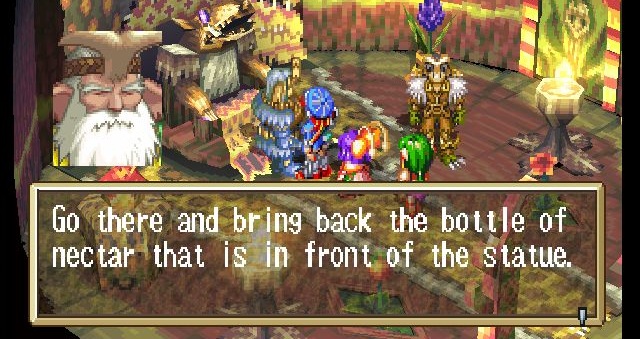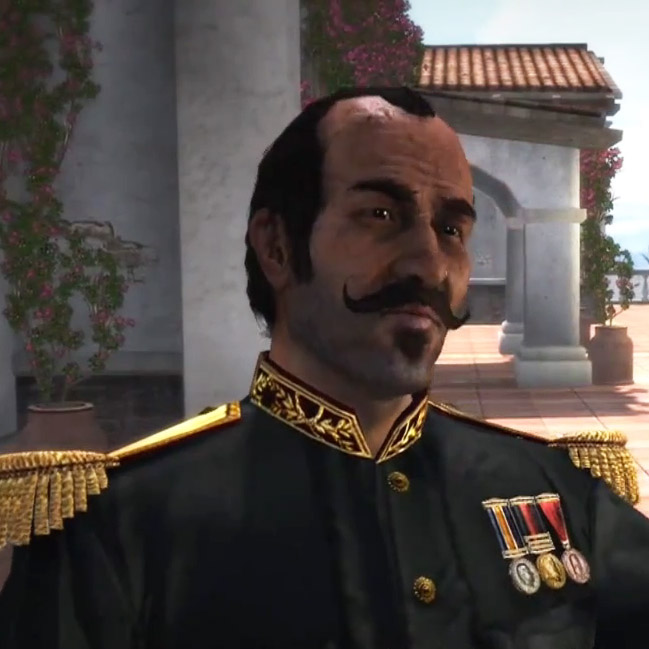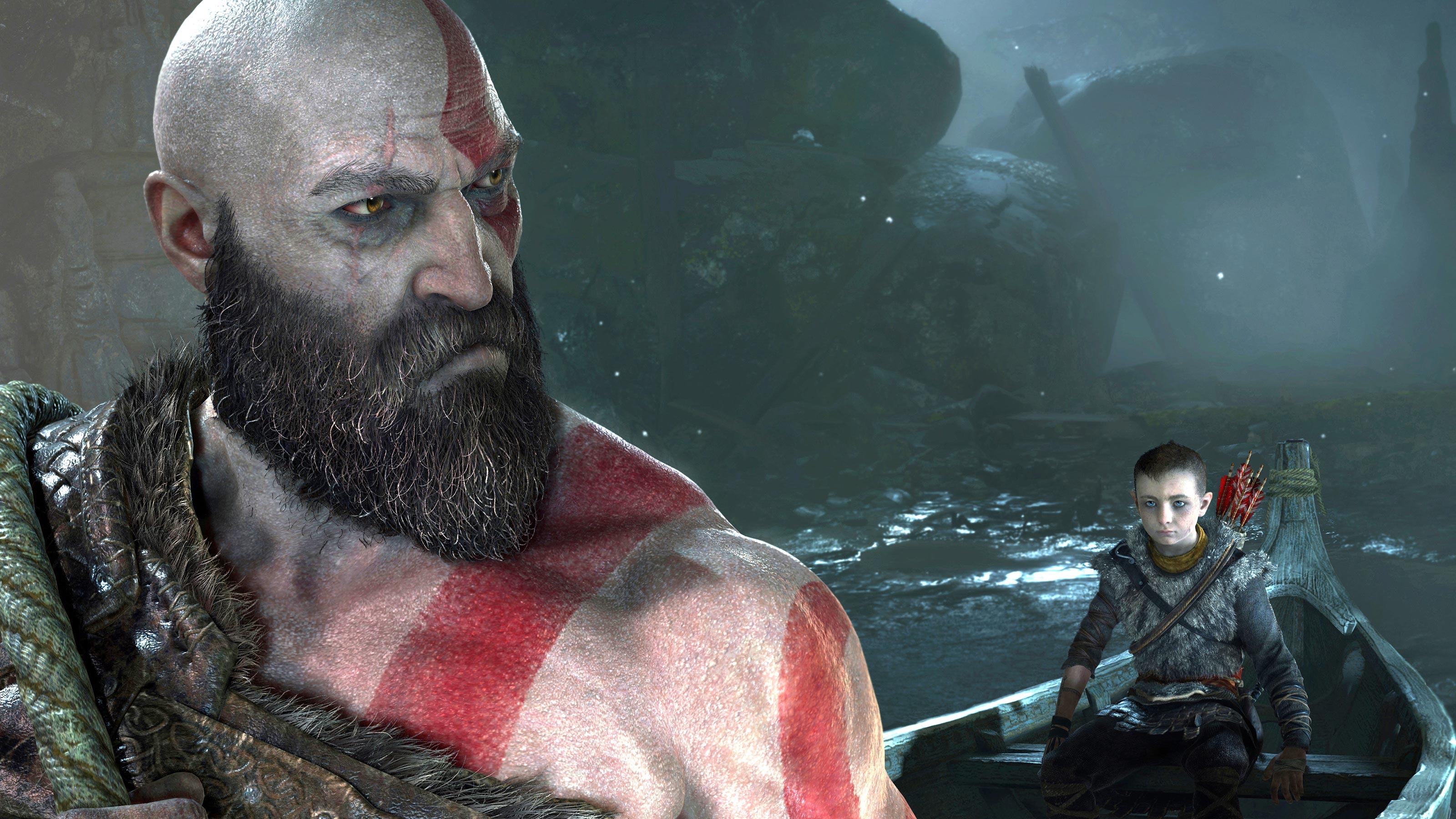
It’s no secret that it is absurdly difficult to tell an effective story in the context of video games. Weaving an engaging narrative that boasts well-integrated themes, interesting characters, and a satisfying genre-piece is difficult enough as is, but the additional gargantuan technical challenge of creating a software product has doomed the majority of game stories to fall by the wayside in terms of priority. While games have the added benefit of additional immersion due to their interactive nature, this element is a double edged sword, as this means that the player can, well, interact. In the eyes of many gamers, gameplay should come first, and if the developer wants to avoid the derisive term “walking simulator”(a genre which I love but clearly limits the potential audience) then they must ensure that the interactive portion of the experience passes muster.
But this begs the question, how do you tell an engaging, coherent, and well-paced story in the context of a medium where 90% of the time the main character is running around fighting things? There are many facets to this problem, one of which is how to create fun missions that naturally extend from the plot in a way that makes for engaging play. Unfortunately, there is a very common method of circumventing the issue altogether which, for lack of a better term, I’ll call the narrative fetch quest problem. In short, there is a common occurrence in game narratives where main line story progress is hidden behind fetch quests, in which side characters refuse to give you information unless you do something for them or send you towards some MacGuffin-y item. It’s likely that this method of gating progress is so common because it is more intuitive to tailor plot around gameplay than the other way around. NPCs asking for favours makes it easy to separate out chunks of the “story” into playable segments. This allows for discrete missions which can can entail doing pretty much anything, allowing the game designers to whip up whatever objective will best serve the game mechanics.

However this has a very significant drawback. For one, it makes it likely that these gameplay segments will derail the plot and do little to further the game’s core themes (if there are any that is). While it’s not unheard of for books, movies, or TV shows to go down these sorts of rabbit holes, side characters requiring the protagonist to fulfil some objective for information or something important, it’s the prevalence of this trend that ruins so many games’ plots. To cite some examples, Rockstar’s games are particularly guilty of this, with Red Dead Redemption in particular jumping to mind. Red Dead is a game about an ex-outlaw named John Marston, a man who is attempting to make amends for his life of crime, and the unwillingness of the American justice system to grant him his redemption. While this story has a great ending that brilliantly ties into this central conceit about society’s unwillingness to grant second chances, the entire middle of portion of the plot is defined by performing random tasks for various goons. One of the main complaints levied against Red Dead upon release, was that the second act, if it can even be called that, entirely killed the story’s pacing. This was largely due to plot progression being hidden behind the performance of a series of favours for a despotic Colonel of the Mexican army, a sequence of events that had very little to do with Marston being allowed to return to his family.

Another interesting example of the negative effects of the narrative fetch quest problem can be seen by comparing Yakuza 0 and Yakuza Kiwami. While 0 is a prequel which was released last year, Kiwami is a remake of the first entry in the series, a PS2 game. Yakuza 0 is an engaging, ridiculous and poignant crime saga, detailing the early life of series protagonist Kiryu Kazama, his best friend Nishikiyama, and his rival Goro Majima. It’s a roller coaster ride full of rewarding twists, and while the plot could be described as labyrinthine, these winding plot threads have weight because of its focus and how well it characterises its cast. The shifting motivations of its characters, and their constant transformations from seemingly one-dimensional archetypes into complex people, paints a vivid and morally ambiguous picture of the world of the Yakuza. Most importantly, while the story is sprawling, the main plot is never derailed, focusing throughout on its core themes of found-family, sacrifice, and maintaining honour in the world of organised crime.

Kiwami on the other hand, is a game that’s core plot was written back in 2005, a time when the standards for game narratives were much different than they are now. While it also tells a somewhat sprawling story centred around the life of Kiryu Kazama, Kiwami lacks the same tension and deceptively complex characters that defines 0. This lack of tension and intrigue largely stems from the fact that there are various non-sequitur in the plot in the form of narrative fetch quests. At one point you are required to perform various tasks for an information dealer, who will reward you with vital intel if you assist him. Later, you must help an ex-cop improve his relationship with his daughter. While in these cases, your objectives are at least related to characters that have a large hand in the core plot and further the game’s exploration of the importance of family, the presence of these missions exacerbates the pacing issues. Even though Kiryu does want to help these people, and he’s not performing these actions just so he can carry out his objectives, these missions still have the effect of side-lining the main plot. While this problem doesn’t completely encapsulate why Yakuza 0‘s writing is so much superior to that of Kiwami’s, it is certainly a large factor.

While comparing two Yakuza games that were written more than a decade apart is just one specific example, it does feel as though the narrative fetch quest problem is becoming less ubiquitous. As the popularity of narrative focused games increases, it is likely that this problem will naturally begin to subside, as developers will be able to more easily tailor the gameplay to fit the plot, rather than the other way around. There are even examples of games that have narrative fetch quests which manage to subvert many of the problems of this narrative structure, such as God of War. While that game’s story can be reduced to a simple journey from point A to B that becomes increasingly elongated due to various characters forcing you perform tasks for them, it mostly doesn’t suffer from the same pacing killing issues of its for-bearers. Since Kratos is always accompanied by his son Atreus, the game can develop their relationship during the fetch quests, allowing the story to remain focused on Kratos’ struggle with his laconic nature and the power that stems from his godhood.

While the narrative fetch quest problem is just one of the many unfortunate contrivances that has arisen due to the interactive portion of games as a story-telling medium, it can often entirely undermine a game’s pacing and themes. But as the medium matures, and an increasingly diverse gaming landscape emerges, it becomes increasingly true that all games to have to cater to everyone. In some cases, even large titles can entirely focus their experience around narrative at the expense of gameplay, and there is a growing audience that is accepting of this fact. While its likely that the narrative fetch quest problem won’t go away any time soon, it’s good to know this narrative structure may become an increasingly rare sight.




